A change in Lama D’s schedule requires that we stay in Kathmandu for a few more weeks. I’m looking forward to moving back to Bhutan soon! In the meantime, I’m making the best of things, writing my books, walking every day, and learning to count!
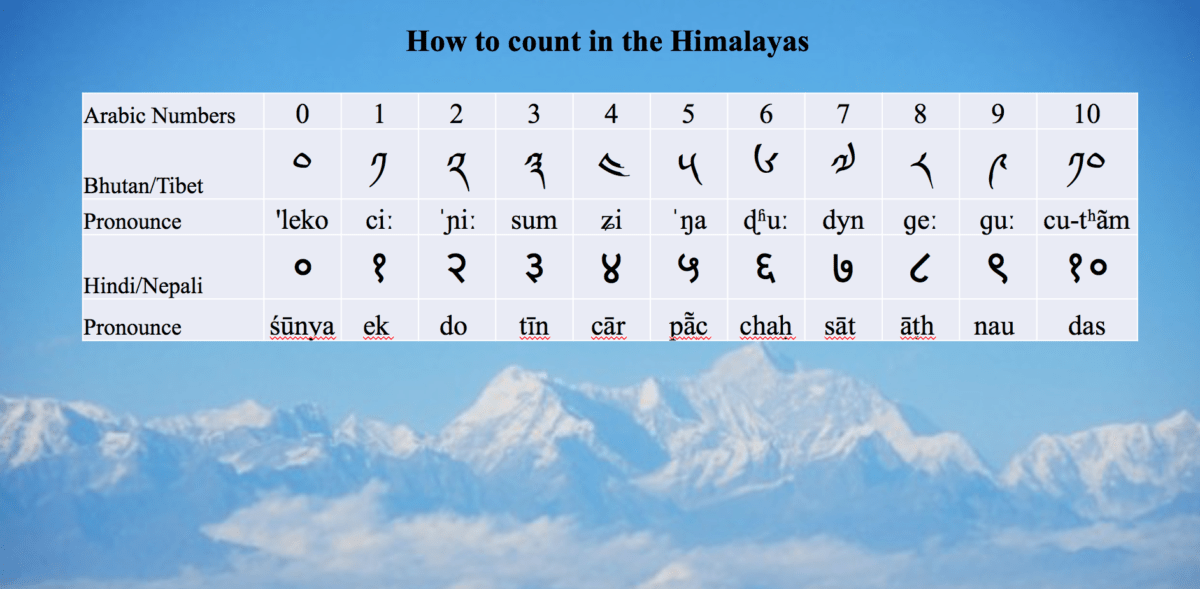
It turns out learning to count in Nepal and Bhutan is not that simple. The two countries use the same numbering system as ours, but the characters are written differently. The system we use in the West are called the Arabic or Hindu-Arabic numerals. This system is attributed to Indian mathematicians between the 1st and 4th centuries CE, adopted by Arab mathematicians by the 9th century. That’s why Persian mathematicians called them “Hindu numerals”, meaning Indian. Later they came to be called “Arabic numerals” in Europe, because they were introduced in Europe by Arab merchants in the middle ages.
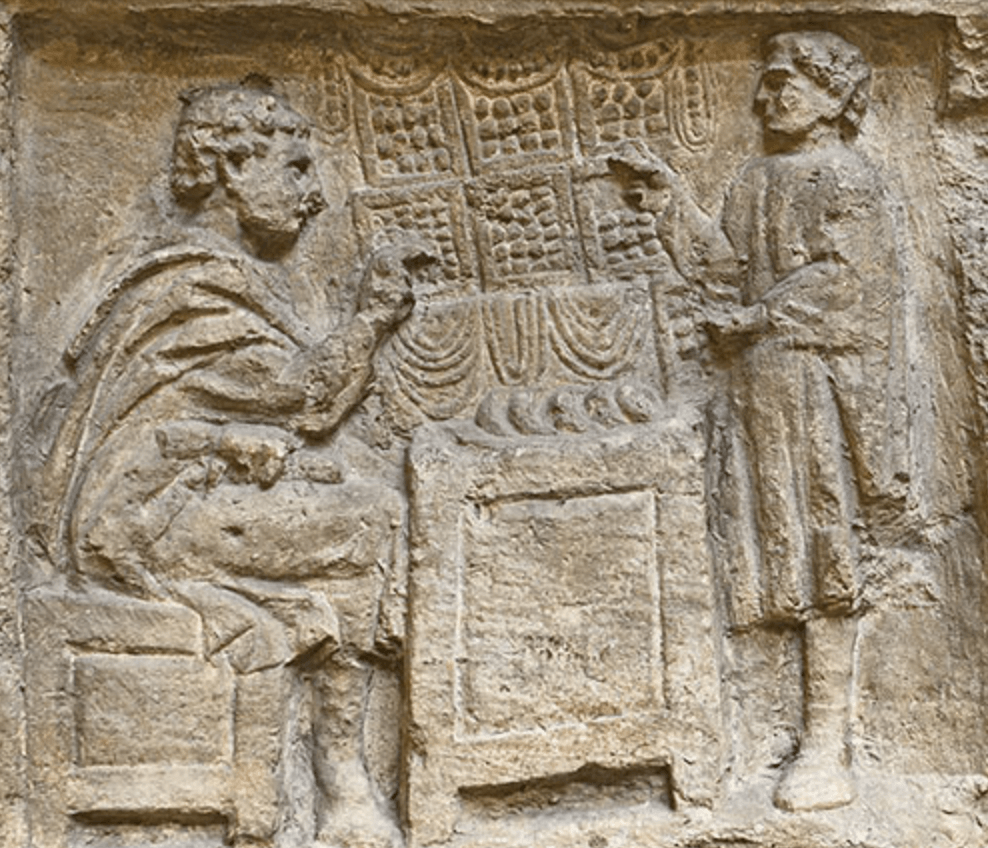
A Roman tax collector uses an abacus to compute taxes for a jewelry vendor.
Roman numerals were used in Europe until the late middle ages. But Romans never used their numerals for arithmetic, partly because there was no zero. Addition and subtraction were done instead on an abacus. In the 8th century the great Arab mathematician, Muhammad ibn Ibrahim al-Fazari, translated into Arabic the Sanskrit astronomical work of Brahmagupta called Siddhanta, by order of King Caliph al-Mansur. This translation was possibly the vehicle by which the Hindu numerals were transmitted from India to Islam. He took up using ZERO, and the Arabs eventually brought ZERO to Europe.
But the concept of zero was not warmly received at first. Italians in particular were very suspicious of any change to their precious Roman numerals. They even passed a law in 1259, forbidding Italian bankers from using zero or any of the “nefarious” Arab numerals in their accounting.
A monk called Abelard, bookkeeper for a monastery in England in the 8th century, heard of the new system and went to Spain during the Moorish occupation. He converted to Islam and came back to England after 20 years, bringing the precious knowledge of ZERO. Since Abelard had adopted it from the Arabs it became known as Arabic Numerals. The Western hemisphere has used this system every since.
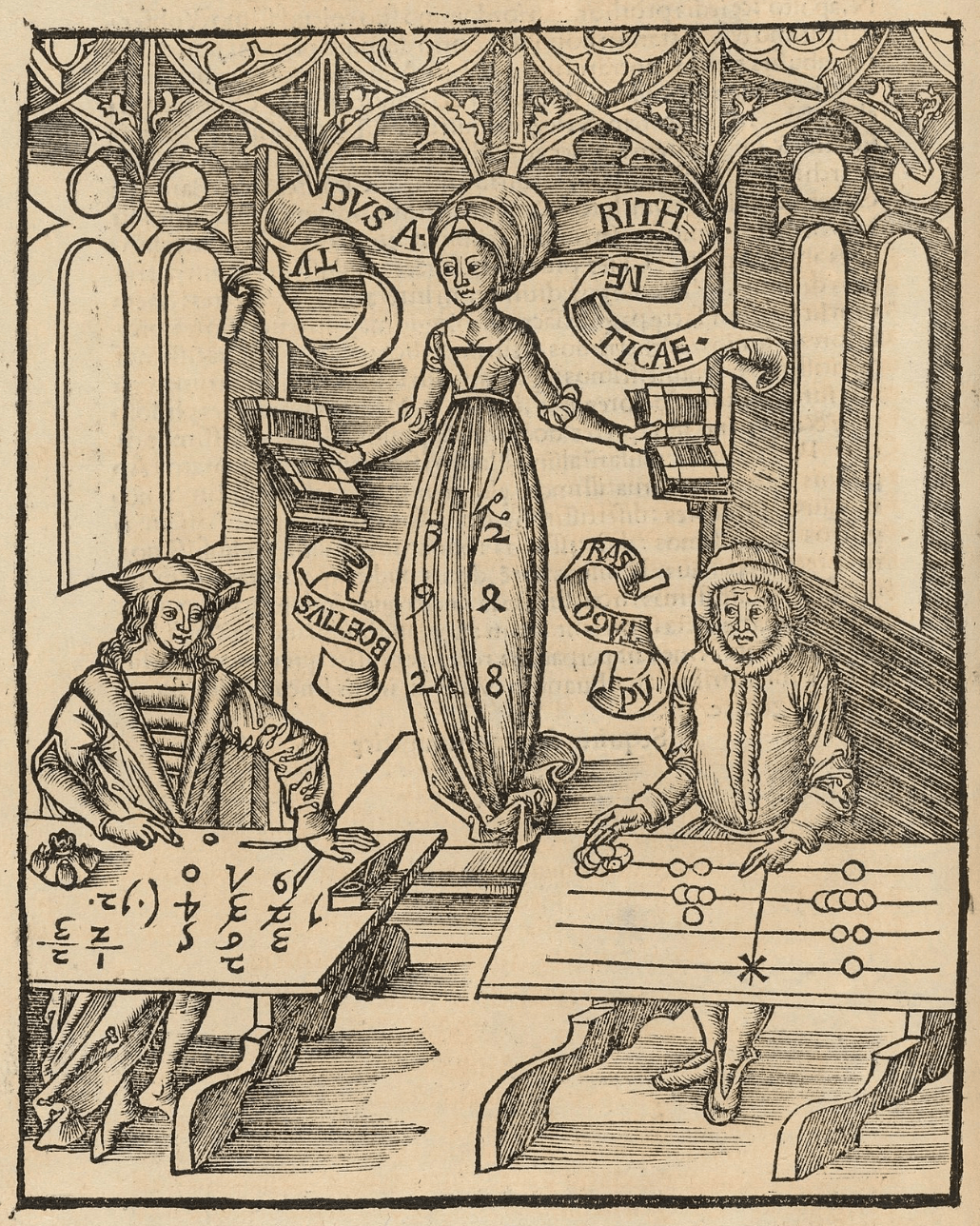
Abacus vs. Arabic numbers, which is faster? This woodblock engraving illustrates a competition between two arithmetic techniques. Lady Arithmetic, standing in the center, gives her judgment by smiling on the arithmetician working with Arabic numerals and the zero. The abacus loser frowns..

How did our number system evolve?
The earliest number notation we know is Indian Brahmi script around the time of Christ, in the top row of this image. Eastern and Western Arabic numerals were written differently, as the Arab kingdom was a vast expanse from North Africa all the way to Afghanistan. Five hundred years ago, around 16th century Europe, our numbers began to look like what we know now.
What’s the origin of Indian numbers?
In India and Nepal, numbers were once written in the early Brahmi script. After the 7th century CE, they’ve been written in the Devanagari script. Devanagari script is a left to right phonetic alphabet of letters developed in India from the 1st to the 4th century CE, based on the ancient Brāhmī script.
How did Tibetan numbers originate?
The Tibetan script is called “uchen” or “umê script” and is used to write the numbers and languages of Tibet, Bhutan, and Sikkim. Tibetan numbers also use our same Arabic number system, written in their own script.
The creation of the Tibetan writing system is attributed to a young monk Thonmi Sambhota in the mid-7th century. Tradition holds that a Tibetan king sent Sambhota with fifteen other young Tibetans to study Sanskrit in India. On his return he introduced the uchen alphabet, based on one of several Indian alphabets used at that time.
Tibet’s new written alphabet made it possible to translate the Sanskrit and Pali Buddhist scriptures during the 8th and 9th centuries, as well as to notate Padmasambhava’s chants in Tibetan. Nowadays, there is a great divergence between current pronunciation, and older written spellings of 9th-century Tibetan. This difference is something akin to the contrast between modern spoken English and Chaucer’s 14th century poetry.
Two numbering systems in Bhutan!
Bhutan has two numeral systems, one vigesimal (base 20) system, and the modern decimal system. Vigesimal is based on twenty in the same way in which our decimal numeral system is based on ten. Vigesimal systems were once commonly used in ancient times in India, other parts of Asia, Africa, Europe, Native Americans, and the Mayan kingdom. The vigesimal system is still widely used in Bhutan. Eeek! Where do I start?
Bhutanese numbers come from Tibetan
Dzongkha, the national language of Bhutan, evolved from Tibetan. Sino-Tibetan is a family of more than 400 languages including Chinese. In Bhutan, numbers were standardized after Rinpoche Zhabdrung, the 17th century father of Bhutan, unified the country under one language, linking monasteries in each district. Dzongkha is the primary language of Bhutan, with 30 other native languages widely used. For that reason, in the 1960’s King Jigme Dorji Wangchuck made English the language for school education. That’s why young people can speak and count in English. Even still, when I go shopping, especially in Bhutan rural areas, I need to know Dzongkha numbers and the base-20 system!!
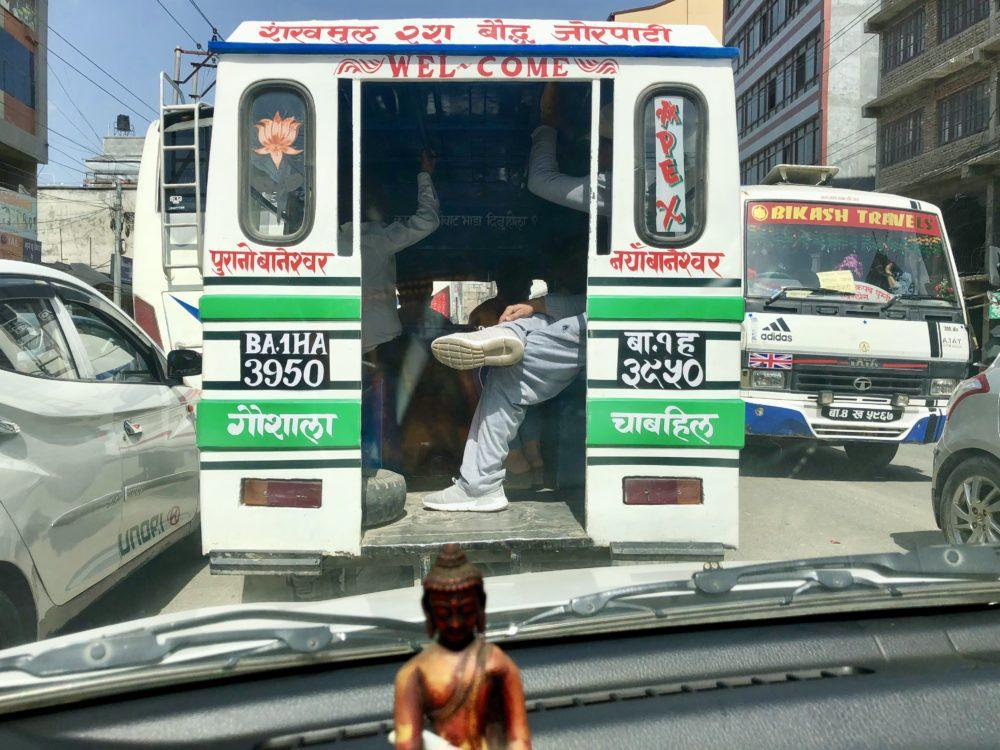
The numbers on this mini-bus show #3950 in Arabic numbers on the left, and the same in Devanagari script on the right. I’m learning. Our taxi driver is Buddhist – can you tell? About 70% of Nepalis are Hindu, and 30% Buddhist. The two “religions” coexist and share many common traditions.
Other Kathmandu News:
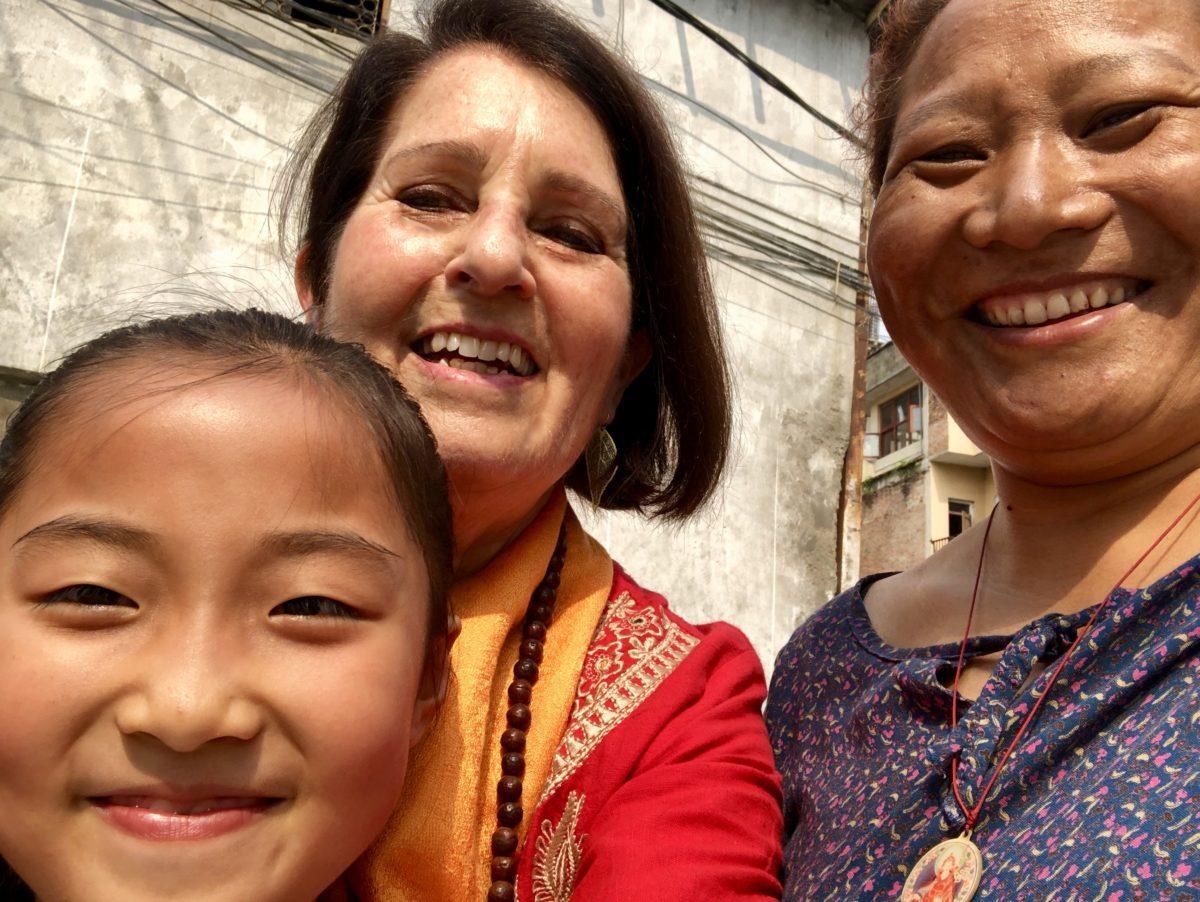
On my walk home from the Boudha today, a chance meeting with a young Chinese girl Meiyin led to a sudden friendship. Meiyin is visiting and studying in Nepal. Her English is very animated. We shared the walk home, laughing all the way. It was delightful to meet her with her Nepalese “Aunt”. She’s leaving for China tomorrow. We waved good-bye for a long time after our paths diverged. I only knew her for 10 minutes, but I already miss her.
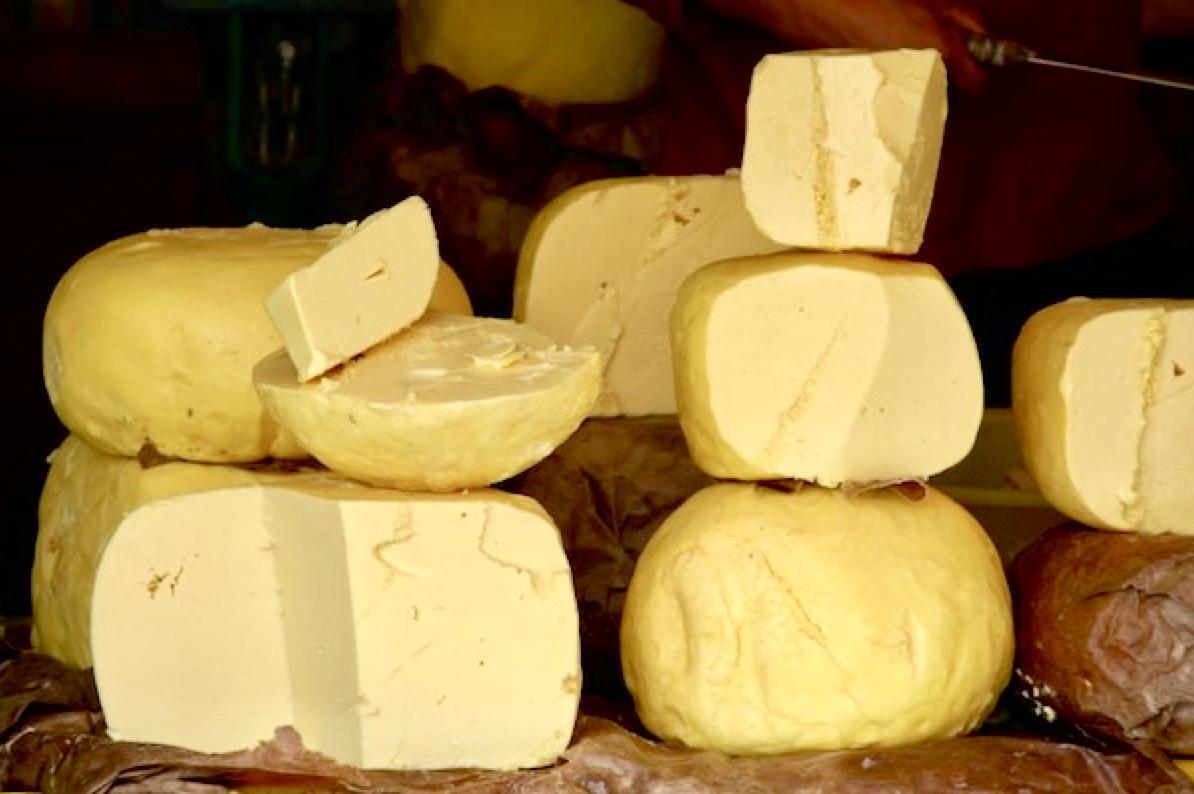
Today at the dairy store I finally found fresh yak cheese! I love fresh Himalayan cheeses. My dairy intolerances have disappeared, as long as I eat unprocessed local dairy. Yak milk is very rich in Omega-3 fats, and yaks eat mountain grass. Maybe that’s why.
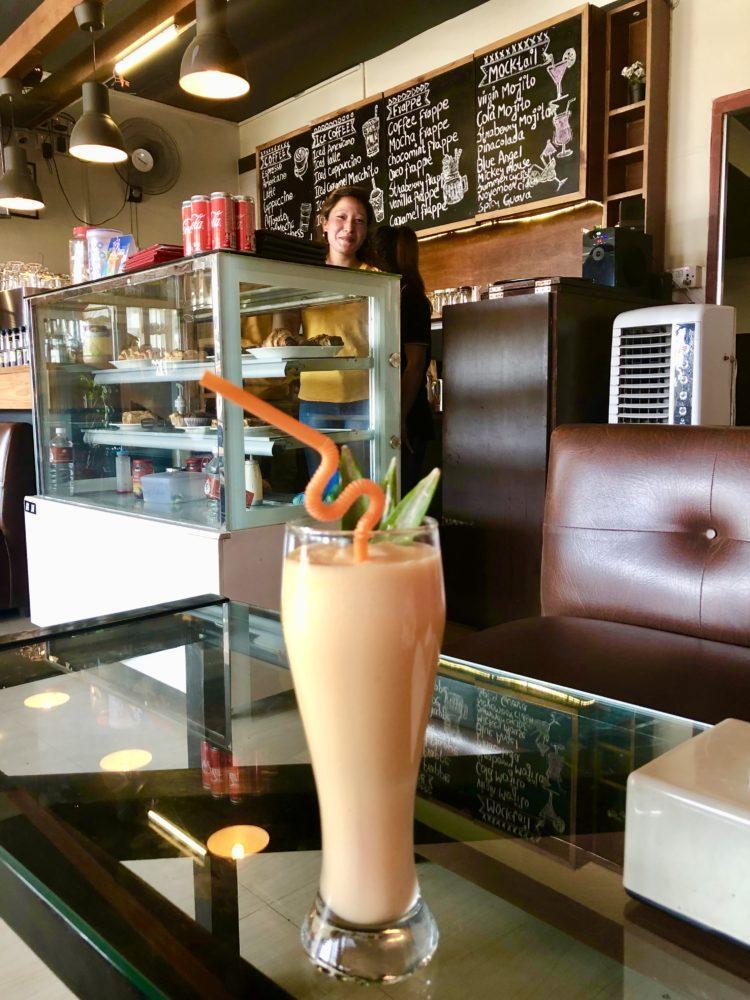
Local Nepali yogurt is heavenly thick and smooth. I asked for a papaya mango smoothie. Oh wow!
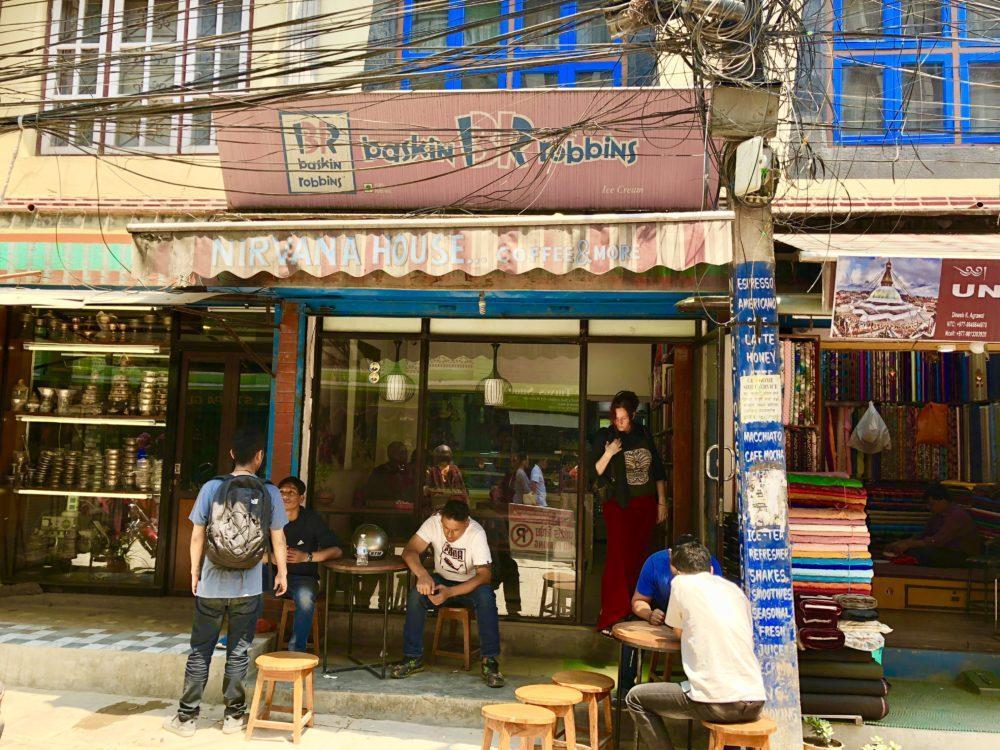
I passed Baskin Robbins ice cream at the Nirvana House right here in Kathmandu. Baskin Robbins is now owned by Dunkin’ Donuts. Their ice cream production has been outsourced to Dean Foods, mega dairy owner of Organic Valley, TruMoo and Friendly’s ice cream. Dean Foods has 32 factories in the US. I adore ice cream, but I don’t eat sugar, so I just look.

This enterprising mother drives a scooter in heavy traffic with her two toddlers.
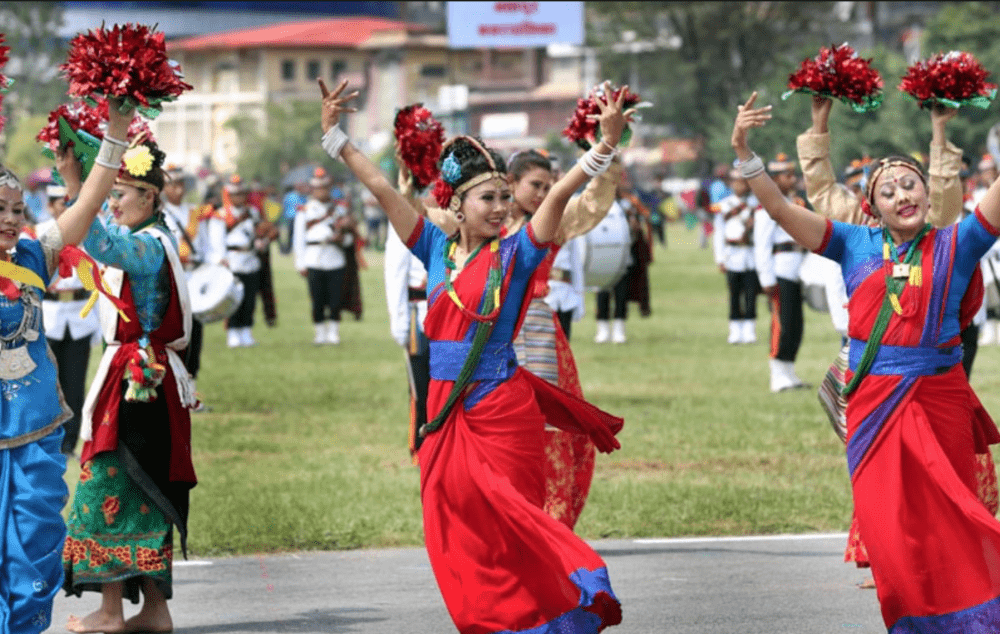
This week we celebrated the 10th Republic Day May 29th, a special festival in Nepal that commemorates the new Federal Democratic Republic of 2008, which brought peace after decades of civil strife. Back in 1997, the Communist Party of Nepal (Maoist) started a violent insurgence to replace the monarchy with a democratic republic, which sparked a Civil War.
Nepal’s government has had many challenges. In 2001, Crown Prince Dipendra went on a shooting-spree, killing 9 members of the royal family including himself. When the Maoist rebellion escalated, the new King Gyanendra disbanded the government, assuming full executive powers in a “state of emergency” to quash the revolution. Politicians were placed under house arrest, phone, internet lines were cut, and freedom of the press was severely curtailed. He was unsuccessful in ending the Maoist insurgence, and after a general election (that was widely boycotted) the king agreed to a new legislature and interim constitution that includes Communist party participation. On May 28, 2008, the newly-elected assembly declared Nepal to be a Federal Democratic Republic, abolishing the 240-year-old monarchy. This week we celebrated the 10th anniversary. Yep.
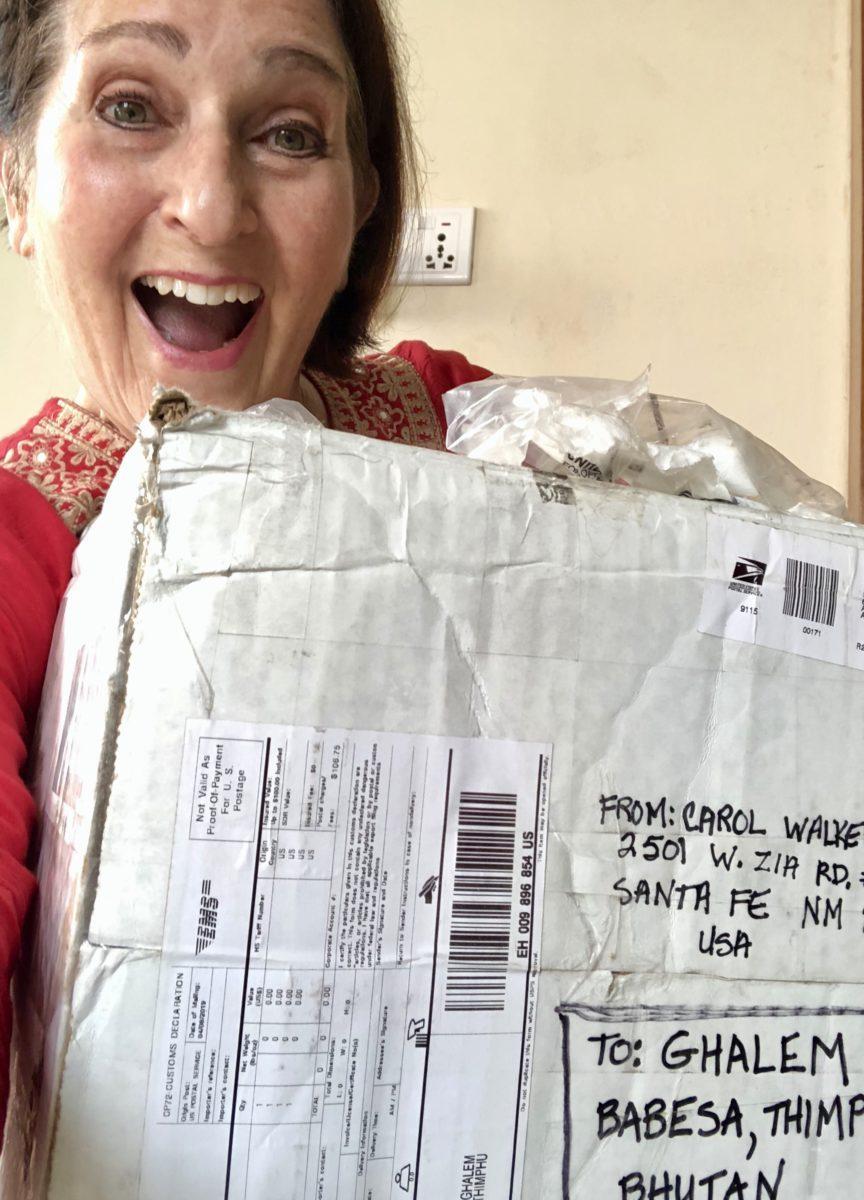
Miracle of miracles! My care package from the US arrived today. So happy to receive much-needed supplements, computer back-up, and books. The box was shipped from Santa Fe via USPS Express on April 9th, supposed to arrive in 3-4 days. Nope. It got stuck in customs in Los Angeles and I thought it was lost. It finally arrived to my sister Ghalem in Bhutan a month later. Since no mail is possible in Nepal, I had to wait for someone to hand carry it from Bhutan. Lama D’s friends brought it today.

Offering Distance Sessions
I’m excited to tell you I’m doing quite a few distance healing sessions via Skype. It’s good timing, because I’ve hired an amazing coach to help me polish my books for a publisher. However I have to pay her.
You deserve optimum health. Energy is non local. That is why distance sessions are every bit as effective, and sometimes even more effective than “in person” sessions. If you are in need of an energy healing, I offer single sessions for $119, or a set of three prepaid sessions for $299, paid via PayPal. My work includes general consultations, past life clearings, digestive counseling, body clearings of lymph, bone marrow, and more – see all offerings here on my website. Let me know what you need. To schedule a session, email me at jane@fiveseasonsmedicine.com.
Thank you for checking in! All is well here. Another installment of my travel blog will be next Friday.
Warmest regards! Jane


